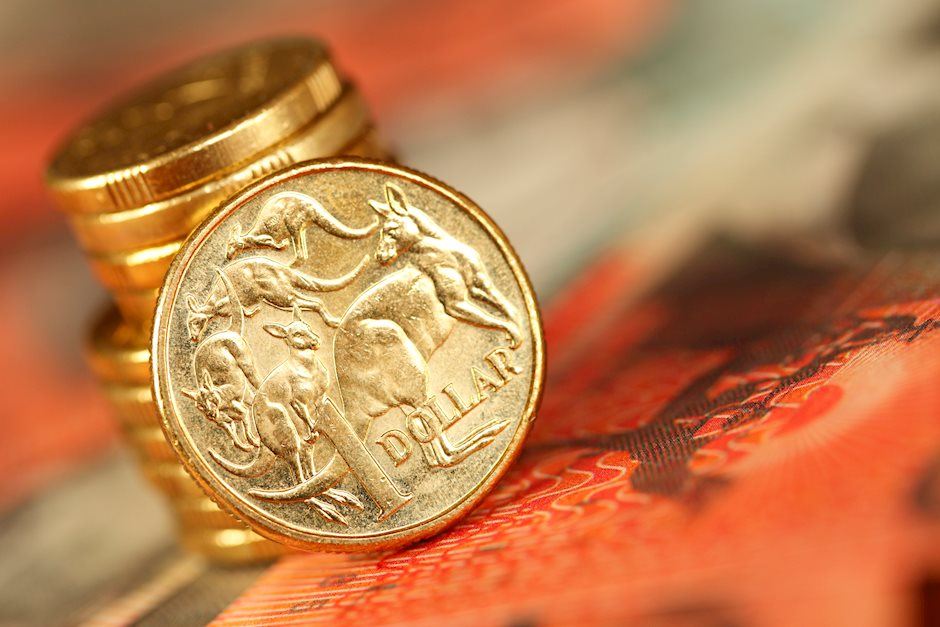AUD/USD sticks to gains above 0.6700, remains close to multi-month top set on Wednesday
- AUD/USD attracts some buyers for the third straight day despite weaker Aussie trade balance data.
- September Fed rate cut bets keep the USD bulls on the defensive and lend some support to the pair.
- Holiday-thinned liquidity warrants some caution for bullish traders ahead of the US NFP on Friday.

The AUD/USD pair trades with a positive bias for the third straight day on Thursday and is currently placed comfortably above the 0.6700 round-figure mark. Spot prices remain well within the striking distance of a nearly seven-month peak touched on Wednesday and seem poised to build on the overnight breakout through a multi-week-old range.
The Australian Dollar (AUD) continues to draw support from the upbeat domestic Retail Sales data released on Wednesday, which strengthened the case for a rate hike by the Reserve Bank of Australia (RBA). This, along with the recent US Dollar (USD) slump, overshadows data showing that Australia’s trade surplus narrowed to A$5.77 billion in May from A$6.54 billion in the previous month and acts as a tailwind for the AUD/USD pair.
The incoming softer US macro data pointed to signs of weakness in the labor market and a softening economy. Moreover, the minutes of the last FOMC meeting revealed that the majority of policymakers said the US economic growth is gradually cooling. This reinforces bets that the Federal Reserve (Fed) will cut rates in September, which triggered a steep fall in the US Treasury bond yields and dragged the USD to a three-week low on Wednesday.
Apart from this, the underlying strong bullish sentiment across the global equity markets is seen undermining the safe-haven buck and lending support to the risk-sensitive Aussie. That said, persistent geopolitical tensions, along with political uncertainty in the US and Europe, might hold back bulls from placing aggressive bets around the AUD/USD pair amid relatively lighter trading volumes on the back of the Independence Day holiday in the US.
Investors might also prefer to wait on the sidelines ahead of the closely-watched US monthly employment details on Friday. The popularly known as the Nonfarm Payrolls (NFP) report might influence expectations about the Fed's future policy decisions, which, in turn, will drive the USD and provide a fresh impetus to the AUD/USD pair. Nevertheless, the fundamental backdrop suggests that the path of least resistance for spot prices is to the upside.
Australian Dollar FAQs
One of the most significant factors for the Australian Dollar (AUD) is the level of interest rates set by the Reserve Bank of Australia (RBA). Because Australia is a resource-rich country another key driver is the price of its biggest export, Iron Ore. The health of the Chinese economy, its largest trading partner, is a factor, as well as inflation in Australia, its growth rate and Trade Balance. Market sentiment – whether investors are taking on more risky assets (risk-on) or seeking safe-havens (risk-off) – is also a factor, with risk-on positive for AUD.
The Reserve Bank of Australia (RBA) influences the Australian Dollar (AUD) by setting the level of interest rates that Australian banks can lend to each other. This influences the level of interest rates in the economy as a whole. The main goal of the RBA is to maintain a stable inflation rate of 2-3% by adjusting interest rates up or down. Relatively high interest rates compared to other major central banks support the AUD, and the opposite for relatively low. The RBA can also use quantitative easing and tightening to influence credit conditions, with the former AUD-negative and the latter AUD-positive.
China is Australia’s largest trading partner so the health of the Chinese economy is a major influence on the value of the Australian Dollar (AUD). When the Chinese economy is doing well it purchases more raw materials, goods and services from Australia, lifting demand for the AUD, and pushing up its value. The opposite is the case when the Chinese economy is not growing as fast as expected. Positive or negative surprises in Chinese growth data, therefore, often have a direct impact on the Australian Dollar and its pairs.
Iron Ore is Australia’s largest export, accounting for $118 billion a year according to data from 2021, with China as its primary destination. The price of Iron Ore, therefore, can be a driver of the Australian Dollar. Generally, if the price of Iron Ore rises, AUD also goes up, as aggregate demand for the currency increases. The opposite is the case if the price of Iron Ore falls. Higher Iron Ore prices also tend to result in a greater likelihood of a positive Trade Balance for Australia, which is also positive of the AUD.
The Trade Balance, which is the difference between what a country earns from its exports versus what it pays for its imports, is another factor that can influence the value of the Australian Dollar. If Australia produces highly sought after exports, then its currency will gain in value purely from the surplus demand created from foreign buyers seeking to purchase its exports versus what it spends to purchase imports. Therefore, a positive net Trade Balance strengthens the AUD, with the opposite effect if the Trade Balance is negative.
Author

Haresh Menghani
FXStreet
Haresh Menghani is a detail-oriented professional with 10+ years of extensive experience in analysing the global financial markets.

















